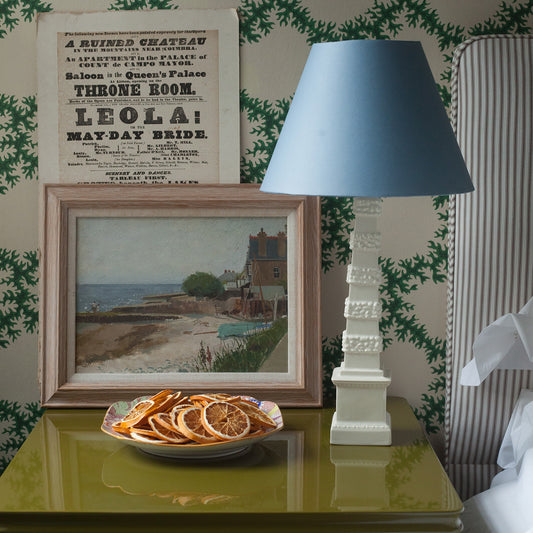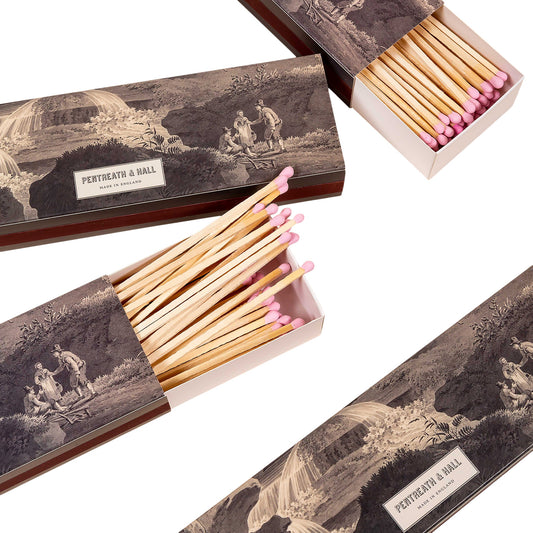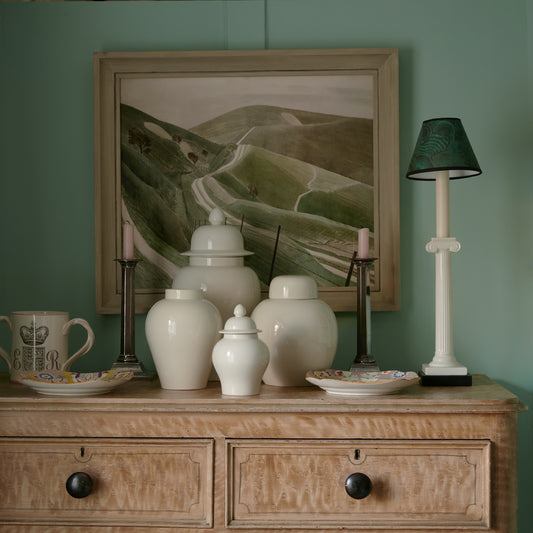One of the amazing things about writing a blog is the number of people, who were once strangers, who one gets to know from all over the world. Some I’ll only ever know as correspondents on the comments pages; others have visited Bridie and me in the shop and we now count as friends. And then from time to time it’s also wonderful to receive a nice letter saying hello. Some letters are a little eccentric (some are very eccentric)… but that’s all in the nature of life, I think.
And then others are completely amazing, a bit like this.
Dear Ben,
I have very much enjoyed reading your inspiration blog over the past year or so – the images together with your wonderful musings really brighten my day. So… when I was clearing the house of my much loved Aunt before Christmas and came across this book that I didn’t know what to do with, I suddenly thought that you may like it?
It certainly looks as if it has lived an interesting and exciting life and I thought that you may appreciate it and take it on the next stage of its journey – I hope so!
I also wanted to say how delighted I was to read your recent post with news of your marriage and pass to you my sincere congratulations – wonderful news!
With best wishes
Georgina Williams.
There was a small, ancient paper slip enclosing a parcel. Which turned out to be a book. Faded, worn, and with the first few pages gently scorched – I presume by a candle?

The beauty just of that little glimpse into the pages was something that was as fine as a work of contemporary paper art on its own.


Opening the book was remarkable. Le Clerc’s treatise, published in 1714:
I love this tiny scene at the bottom of the title page; and I love even more the motto – Printed and Sold by Richard Ware at the Bible & Sun in Warwick Lane, Amen Corner. It throws us back immediately to early 18th century London.
The following pages contain stellar dedications to the Worshipful Company of Bricklayers:

Masons, and Joyners:
The Carpenters’ inscription faces the first of the orders. Those of the readers who are familiar with Architectural Treatises will know all their five orders, Tuscan, Doric, Ionic, Corinthian & Composite….
If you want to know more about the world of the Architectural Treatise, there are better experts than me. These (often tiny) pocket books were used by London and country builders, throughout the 18th and 19th centuries, kept close to hand on the building site as a quick visual reference for how to form beautiful, simple, architecturally coherent classical buildings. For a while now, I’ve had on the desktop of my laptop this remarkable list of treatises collated by a blogger… Extraordinary Book of Doors (quite a niche area), although interestingly I don’t see Le Clerc’s treatise contained on the list. No matter.






The Composite is here called the ‘Roman Order‘:
And who knew about the Spanish Order? 


I love the description of a Chappelet of Pearls & Olives: 
A ‘French Order’ appears at the end of the book, but this loose page was tucked in half-way through:


Every detail of a classical building is simply and clearly described. It always humbles me to think that the Masons, Bricklayers, Joyners and Carpenters of 18th century London were hardly able to sign their names, let alone to read or write; yet they were all to a man more immediately versatile in the language of classical architecture than I will ever be in my lifetime. It was in their veins.

I’m particularly fond of ‘A Composition of Architecture to be avoided’. We could use a bit more of that today, I guess.
What an amazing book.
What an amazing present.
Georgina, I am so grateful, and so happy to say thank you (and sorry that I’ve had time to write the blog before I have had time to write you a card), and even happier to be able to share this wonderful, tangible glimpse of an earlier age right now, on a computer screen, with thousands of readers… many of whom will be using the little phone in their pocket to search for knowledge, inspiration, humour. Perhaps… just perhaps… the internet is the ultimate treatise of today?








































